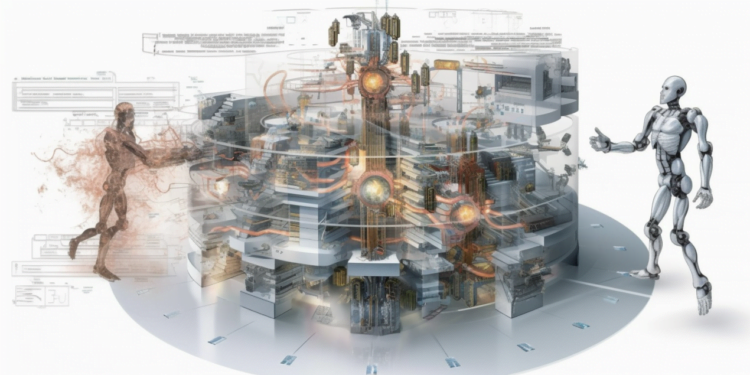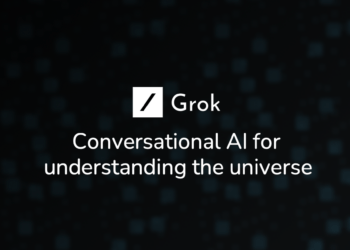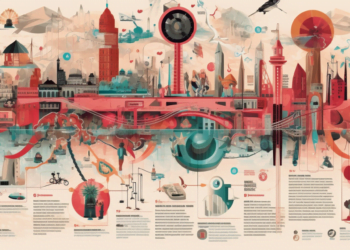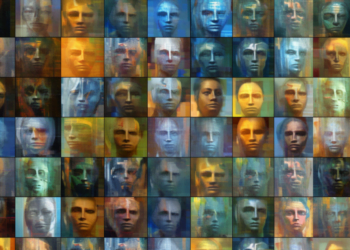Introduction to the Fundamentals of Artificial Intelligence: Leveraging Transfer Learning: Taking Advantage of Pretrained Models
Artificial Intelligence (AI) is a rapidly evolving discipline that is changing the way many problems are approached in our society. It’s transforming the way we interact with our devices, how tasks are carried out, and how decisions are made. One of the main challenges in AI is the training of models to achieve optimal results. One way to address this challenge is through the use of transfer learning.
Transfer learning is a machine learning technique that is based on the principle that knowledge acquired in one task can be applied to another task. This technique can be used to save time and resources by reusing previously trained models instead of training them from scratch. This is achieved by leveraging the knowledge gained from one task and applying it to another task.
In this article, we will discuss the fundamentals of transfer learning and how it can be harnessed to save time and resources by reusing pretrained models. We will address the different ways that transfer learning can be applied and how it can be utilized to solve challenging problems. We will also discuss some best practices for maximizing the benefits of transfer learning.
What is Transfer Learning?
Transfer learning is a machine learning technique based on the principle that knowledge gained from one task can be applied to another. This technique can be used to save time and resources by reusing previously trained models instead of starting from scratch. By leveraging knowledge from one task, it can be applied to another.
Transfer learning can be utilized to tackle a variety of problems in AI, including deep learning. Deep learning refers to the use of deep neural networks to learn complex patterns in vast amounts of data. These deep networks are trained to detect patterns in data and then use these patterns to perform tasks such as classification or prediction.
Transfer learning can enable these deep neural networks to learn from one task and then be applied to another. By leveraging knowledge from one task, networks can learn and improve their performance on a different task. This technique can be used to enhance deep neural network performance by capitalizing on knowledge from one task and using it to boost performance on a second task.
Types of Transfer Learning
There are several types of transfer learning, each with its own advantages and disadvantages. These include inductive transfer learning, reinforcement transfer learning, multitask transfer learning, and deep transfer learning.
Inductive transfer learning refers to using a neural network to transfer knowledge from one task to another. This technique can improve the performance of a deep neural network by leveraging knowledge gained from one task to enhance performance on a second task.
Reinforcement transfer learning involves using a neural network to transfer knowledge from one task to another. This technique can be utilized to improve deep neural network performance by drawing on task knowledge to benefit another task.
Multitask transfer learning refers to using a neural network to transfer knowledge between tasks. This can boost the performance of a deep neural network through knowledge gained from one task to enhance a second task’s performance.
Deep transfer learning is about using a deep neural network to transfer knowledge from one task to another. This technique can enhance neural network performance by utilizing knowledge gained from one task to improve a second task’s performance.
Advantages of Transfer Learning
Transfer learning has several advantages over training a model from scratch. These include reduced training time, lower computational costs, better performance, and increased robustness to noise.
One of the main benefits of transfer learning is the potential to reduce the training time needed for a model. Because transfer learning allows for the application of knowledge from one task to another, a model trained for one task can be repurposed for another task without retraining from scratch. This can significantly decrease the training time needed for a model.
Another advantage of transfer learning is the potential to reduce the computational cost required to train a model. This is because the technique allows for the use of gained knowledge from one task to improve another. A pretrained model can be repurposed for another task without the need for retraining, which can notably lessen the computational cost for training a model.
Moreover, transfer learning can also improve model performance. It achieves this by leveraging knowledge from one task to another, potentially enhancing a model’s performance by using acquired knowledge to improve a second task.
Additionally, transfer learning can increase a model’s robustness to noise. This bolstered robustness comes from leveraging knowledge from one task to improve the handling of noise in a second task.
Best Practices for Maximizing Transfer Learning
To make the most out of transfer learning, there are some best practices to consider. These include choosing the right model, correctly training the deep neural network, using appropriate training data, employing a suitable network architecture, and properly testing the model.
When selecting the right model for transfer learning, it is crucial to ensure that the pretrained model is suited to the task at hand. This means that the model should have the same architecture and hyperparameters as the one being trained. This will ensure that the model is well-matched for the task.
It is also important to train the deep neural network correctly. This implies training the model with the proper data for the task at hand, ensuring that the model learns the correct data patterns and is capable of applying them to the task.
Using appropriate training data for the task is essential. The training data should be similar to the data of the task at hand, which guarantees that the model learns the correct data patterns and can apply them to the task.
The use of a suitable network architecture is paramount for the task at hand. This ensures that the architecture allows the model to learn the correct data patterns and apply them to the task.
Finally, testing the model correctly is vital. The model should be tested with appropriate data for the task at hand, ensuring that the model can generalize the patterns learned from the data to the task.
Conclusion
Transfer learning is a machine learning technique founded on the principle that knowledge gained from one task can be applied to another. This method can conserve time and resources by repurposing models that have already been trained instead of training anew. Knowledge from one task is leveraged and applied to another task.
Transfer learning provides several advantages over starting from scratch with model training, including reduced training time, lower computational costs, improved performance, and better robustness to noise. To maximize the benefits of transfer learning, best practices must be followed, such as selecting the suitable model, training the deep neural network with the right data, using relevant training data, applying the correct network architecture, and properly testing the model.
Transfer learning is an extremely valuable machine learning technique for tackling a variety of problems in AI. This technique






















